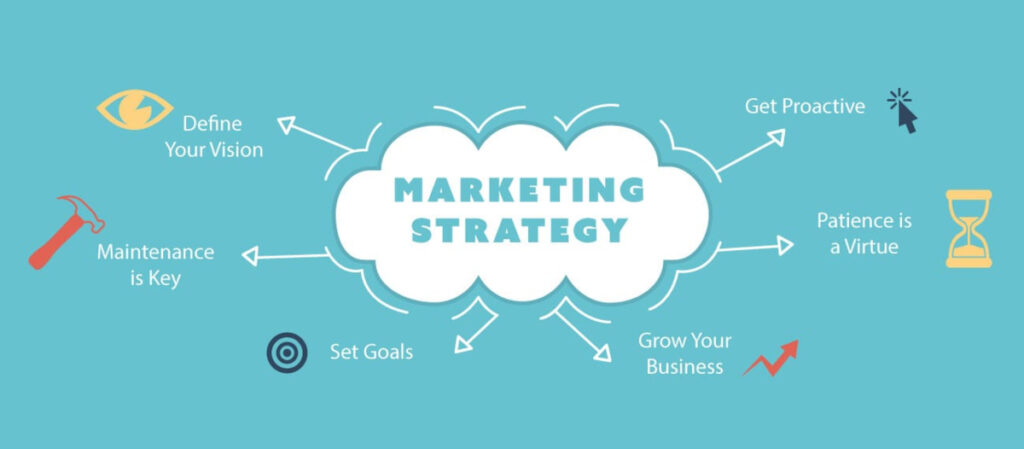An effective growth strategy can help your company reach new markets, increase customer acquisition, grow market share and more. There are many ways to achieve this goal, such as a product growth strategy, marketing growth strategy or an acquisition strategy.
Mary will also work with you on question analysis for your assignment essay (a topic statement). This is an essential component of successful essay writing.
1. Market Research
Market research is an important first step in any business growth strategy. It can reveal customer trends, growth opportunities, and barriers to success. It can also help you develop more targeted marketing campaigns to reach your audience and grow your company.
One popular growth strategy is product development, which focuses on expanding your current market with new products or services. This can include adding features to existing products to attract a new customer audience or developing entirely new products that appeal to different markets. Examples of this strategy include Dollar Shave Club’s disruptive razor model and Semrush’s search engine optimization tools. It can also be accomplished through strategic partnerships with non-competitors who share your audience and values. The right partners can be mutually beneficial, increasing your exposure to new customers.
2. Defining Your Target
You can’t execute your growth strategy without the right people. Top-tier strategy talent usually has several key characteristics: they went to top undergraduate and business schools, have significant industry experience, and have previously worked in a role focused on developing strategies.
Next, you need to define your target. This could be new geographic markets or specific customer segments. For example, if you want to expand your business to a new region, you would need to research how many potential customers are in that area and what competition exists.
Defining your targets will allow you to set measurable and realistic goals for your business. You can then determine how to best reach those goals, whether it’s using a CRM tool or applying an inbound marketing strategy.
3. Measuring Success
As you implement your growth strategy, it’s important to measure and track your success. This will help you see what tactics are working and which ones aren’t. Ideally, your team will have one cardinal metric that they’re focused on achieving and pursue it with zeal.
For example, if your company is using a market expansion strategy, you might want to measure the number of new customers that enter your brand’s marketplace or the amount of revenue from those customers. You could also look at a more long-term metric like your break-even point, which is the amount of money you need to earn in order to cover expenses and sustain operations.
A successful growth strategy prioritizes giving your business a lasting advantage. That may mean creating a product with high switching costs (think Dollar Shave Club) or having network effects that give you an advantage over your competition (think Apple). These advantages are what create real value for your customer base and provide the foundation for long-term sustainable growth.
4. Developing an Execution Plan
A successful growth strategy requires a clear plan of action. It may need to include marketing tactics that coordinate together to generate leads such as tradeshows, advertising and social media contributions.
Involving all interested parties, including senior leaders and employees, in the planning process helps them feel invested in strategy accomplishments and gives them a voice in decisions that affect their work and career. It also helps to foster a culture of teamwork and cooperation.
Many business growth strategies involve leveraging mergers, partnerships and acquisitions to facilitate growth. This type of growth is typically more risky, but can bring big rewards if it’s executed well. Other growth strategies are tailored to be self-sustaining, such as creating a unique product experience that generates user enthusiasm that keeps them coming back.
5. Creating Accountability
Part of a successful growth strategy is having accountability in place. This means being transparent, providing consistent communication and being quick to course correct. It also means looking for the root causes of problems, not just pointing fingers.
Often, companies that focus on building a sustainable competitive advantage are the most successful long-term. Whether that comes from creating a moat around your product (think switching costs for Microsoft or network effects for Apple) or from standing out with a unique experience, this type of growth can provide breathing room to innovate and stay ahead of the competition.
It’s important to have high-level goals, but it’s equally important to transition from those to the specific tactics that will achieve them. This can be done by breaking down each of the OKRs into their smallest inputs and finding ways to manipulate those.




